10 Things Deck Officer Must Know While Operating Main Engine from Bridge – Part 2
In our previous article (part-1) of the series, we learnt about few basic procedures, steps and terms which deck officers must know regarding ship’s main engine telegraph panel and its various alarms and functions.
In this article, we will be discussing them in further detail with regards to main engine’s interlocks, starting procedure, resetting and fault finding.
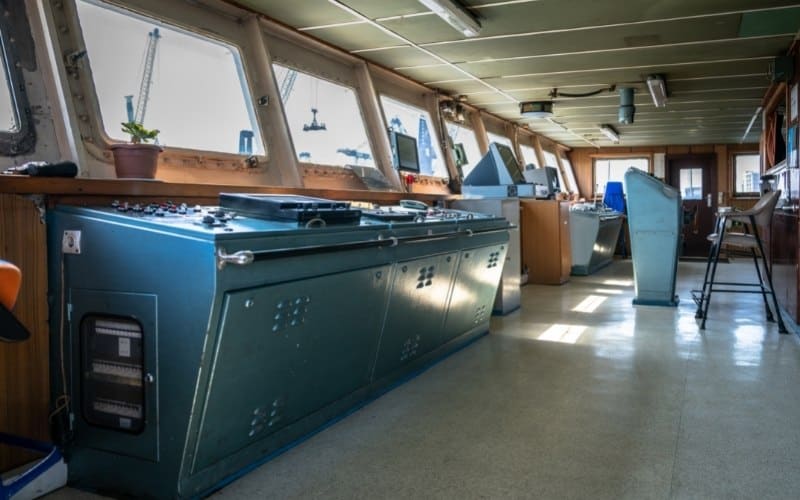
Mentioned below are some additional important points that deck officers must consider while operating marine engine from bridge:
1. Constantly Monitor Engine Load In Rough Weather: While operating in rough weather and heavy weather areas, engine load should be constantly monitored. Stern swell often causes the propeller to emerge out of water for fraction of seconds during the time period of swell. Thus a reduction in resistance near the propeller results in racing of the propeller and a surge in the load on the main engine.
2. If Remote Control Fails, Transfer Control To Engine Room Immediately: If remote control operation becomes inoperative or unavailable by accident, the control position should be immediately changed or transferred to the engine side. Control cannot be changed over if start air main valve is not in service mode or auxiliary blower is not in auto position.
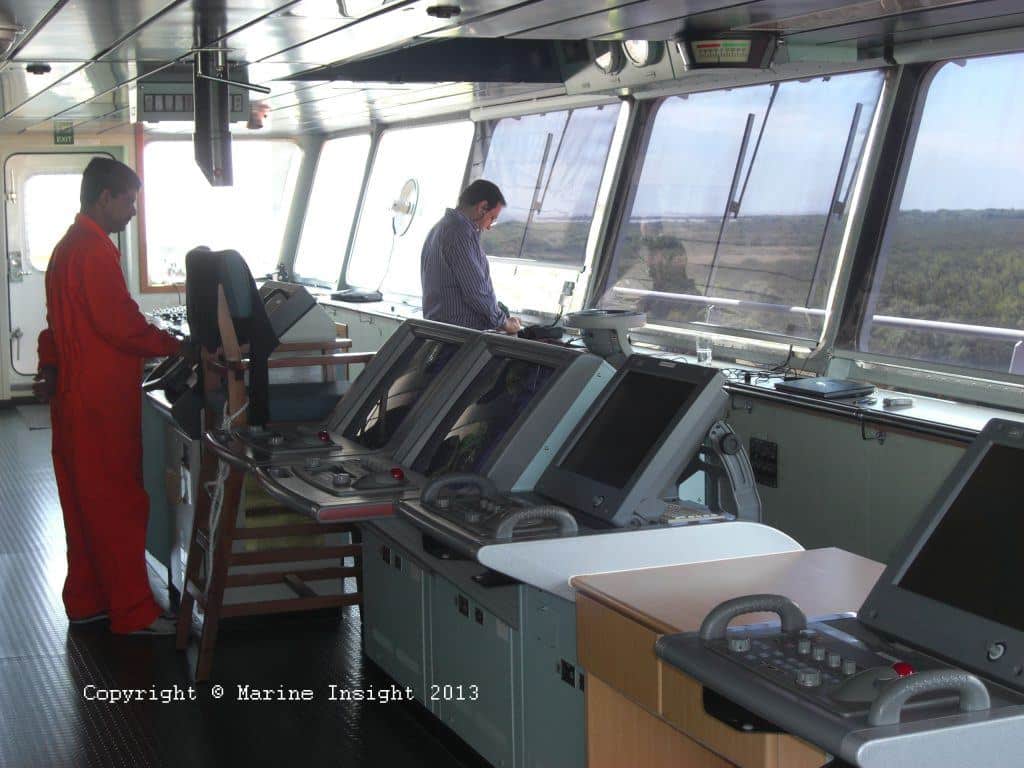
3. If Main Engine Stops, Move Manoeuvring Handle To STOP Position: If main engine stops due to emergency shutdown or automatic shutdown device, always first move the manoeuvring handle in control to STOP position to ensure the safety of the vessel. In case of failure of the remote control system, manual and automatic shutdown devices are provided to enable shutdown of the engine in case of any abnormality.
4. To Reset Emergency Shutdown, The Telegraph Transmitter On The Bridge Must Be Put To STOP Position: In case of an automatic emergency shutdown it must be borne in mind that main engine is automatically shutdown by fuel cut-off due to overspeed, low lube oil pressures, high temperatures of thrust pad. For resetting an emergency shutdown the telegraph transmitter on the bridge must be put into STOP position and Emergency stop button should be pressed in the control room to reset it.
Real Life Accident: While a container vessel was crossing a traffic lane in the Singapore straits to reach the Pilot boarding point, the duty officer noticed a Automatic Emergency Shutdown alarm. The Master noticed the CANCEL AVAILABLE indicator was lit. The vessel was in heavy traffic congestion area and in a critical manoeuvre. Master thus cancelled the automatic emergency shutdown by pushing the AUTOMATIC EMERGENCY SHUT DOWN CANCEL switch and kept running the engine in abnormal condition for some time before the vessel safely anchored in a safer zone. Thus engine was being run in abnormal condition for some time considering Safety of Navigation and Life. Mostly the CANCEL switch is effective only in bridge control. Many classification societies have manifested this in their specifications.
5. Auto Emergency Slow Down Alarm Can be Cancelled To Keep Engine Running: AUTO EMERGENCY SLOW DOWN ALARM for the main engine functions similar to the AUTO EMERGENCY SHUT DOWN and thus same can be cancelled if required by the circumstances, which keeps running the engine as per telegraph order and does not slow it down.
6. Check Start Air Valve or Auxiliary Blower Position In Case Of Alarm While Changing Over The Engine Controls From Control Room: While changing over the engine controls from control room to bridge if any difficulty or alarm is observed, it can be mostly due to inappropriate position of start air main valve or auxiliary blower in any other position other than AUTO.
7. Imperfect Bridge Control Condition Alarm is Mainly Due To Inappropriate Position Of Start Air Main Valve Or Auxiliary Blower: If there is an alarm IMPERFECT BRIDGE CONTROL CONDITIONS, it can be mostly due to inappropriate position of start air main valve or auxiliary blower in any other position other than AUTO or due to abnormal condition of bridge control air pressure. While stopping and starting main engine it must always be kept in mind that a limited number of starts can be made with the charged air bottles for start air.
8. Follow All Steps While Removing Starting Interlock For Main Engine Fuel Oil Supply: For removing starting interlock for Main Engine fuel oil supply to be restored, turning gear should be disengaged and emergency shutdown should be in operational state. This is a safety feature provided in the main engine to prevent any operational mistakes while starting the main engine.
9. Miss Ignition Restarting Take Place Automatically: When main engine keeps running for a preset time between lower and upper limits of critical speed range the alarm CRITICAL SPEED RANGE will light up. The term MISS IGNITION is used when the main engine speed drops lower than ignition level speed after the main engine is changed into fuel running. For miss ignition restarting will be automatically made. The indicator lamp REPEATED START lights up during restarting.
10. Be Careful If Main Engine Is Set To Limited Revolution Value: If main engine is set to limited revolution value by a ten key in Control Room Control Panel, then the engine can be accelerated not more than the upper limit of the set revolution in case of bridge control. In such case if telegraph transmitter from the bridge is moved to more than the position for limited revolution the indicator LIMITED SPEED lights up.
Bonus Point:
11. Whenever starting operation is interrupted START IMPOSSIBLE ALARM is given. This can be reset my moving the telegraph transmitter to stop position.
What exactly happens when crash astern is applied ?
While the ship’s main engine is running into ahead position, the telegraph transmitter is put into astern position. Fuel gets cut off due to difference between running direction of main engine and telegraph transmitter. As the speed drops to reversing level, the braking air is supplied. The main engine is then reversed and accelerated to astern ignition level. Starting fuel supply is started and start air is cut off. Thus eventually the engine speed matches the telegraph transmitter position.
Controlling the main engine from the bridge requires several important aspects and technical features to be considered by the ship’s deck officers. The above mentioned points are not exhaustive and must only be taken as reference while handling navigational controls at the ship’s bridge.
Do you know any other important point that should be added to this list?
Let’s know in the comments below.
Do you have info to share with us ? Suggest a correction

About Author
Abhishek Bhanawat is a chief officer who has worked on various types of tankers. He specializes in Crude Oil and Product Tankers. He is highly passionate about his work and loves to sail.
Latest Marine Navigation Articles You Would Like:
Subscribe To Our Newsletters
By subscribing, you agree to our Privacy Policy and may receive occasional deal communications; you can unsubscribe anytime.



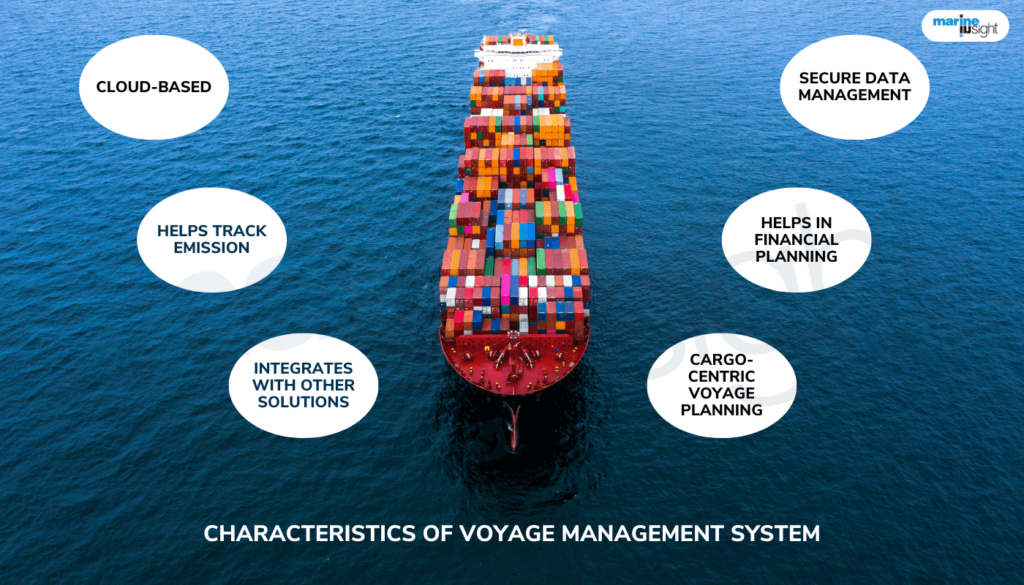
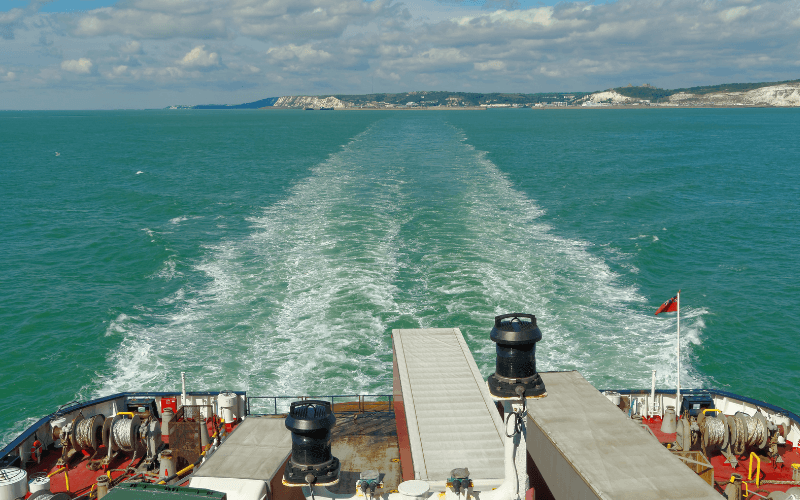
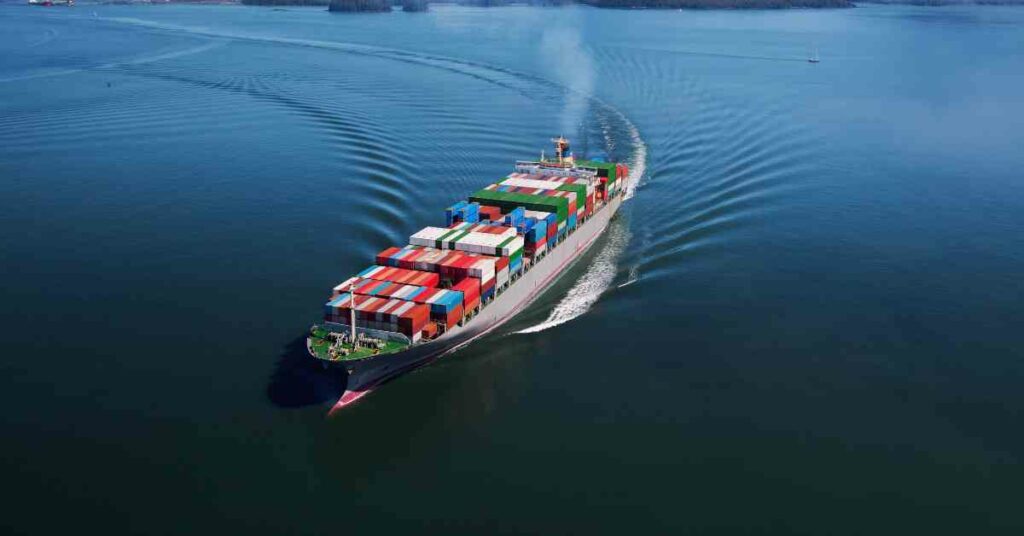
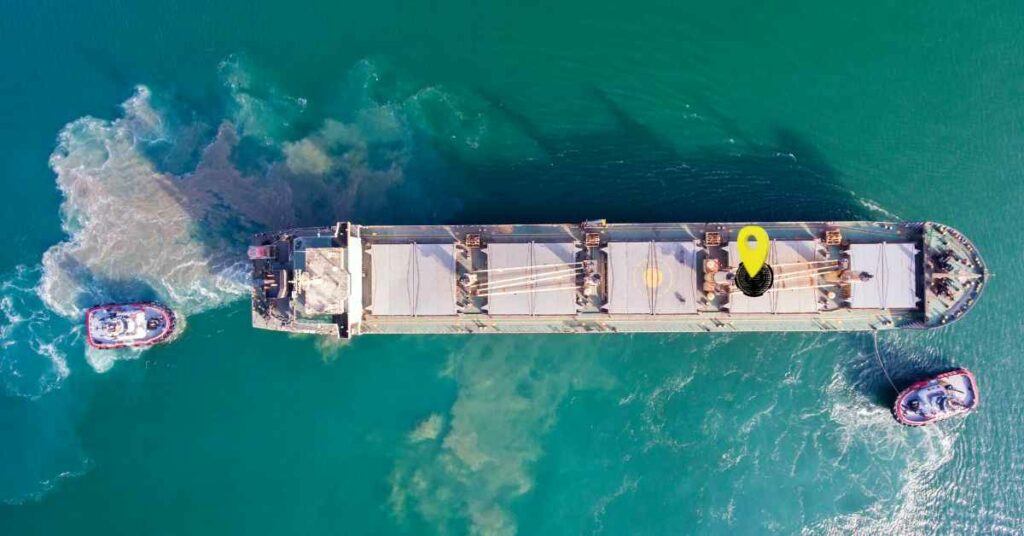
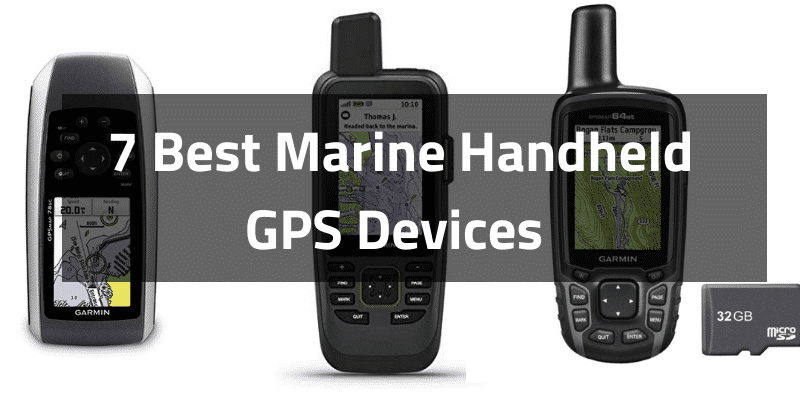
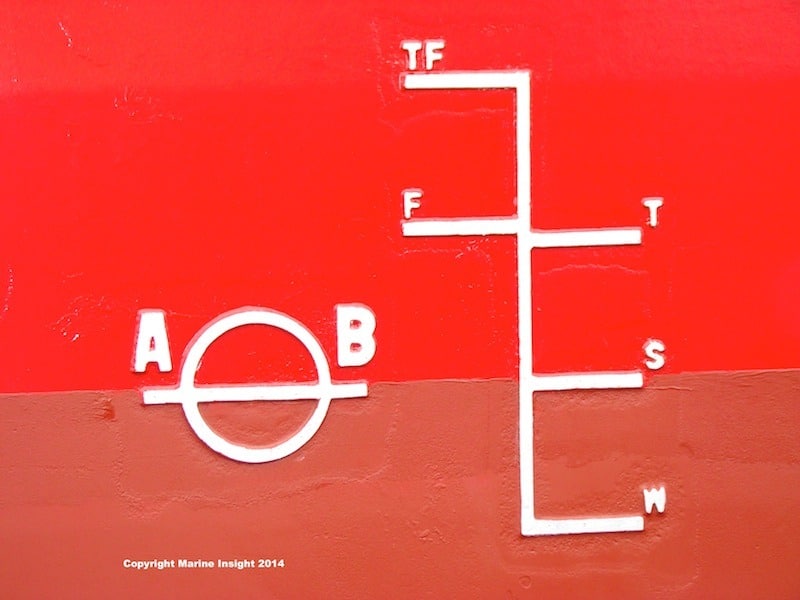

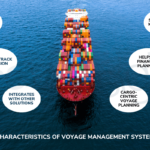
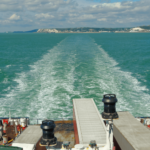
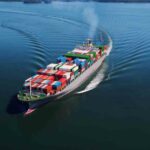
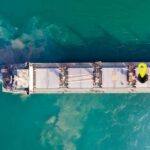
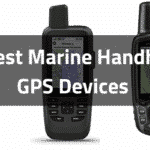
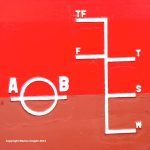
morning sir, I really wish to shear part of your private time I’ll be very pleased with your favourable consideration
maritime academy of Nigeria
department of marine engineering
Dear eze victor ogonna
Please feel free to discuss your queries here .
vessel in full ahead, and in emergency, engine order can be directly given full astern,
suggest me what can i do if i want to stop vessel immediatly.
Hi I would to be reading more of this artcles
what questions will companies will ask for selection of newcomers.
I al electrician, In my opinion the articule is very good. But I observed during my time on sea, are deck officer any nationality they dont know complitly anything.
This information is very importing for all navigators. Thank You for this short and deep information-lesson,
From section (1):
“Stern swell often causes the propeller to emerge out of water for fraction of seconds during the time period of swell. Thus a reduction in resistance near the propeller results in racing of the propeller and a surge in the load on the main engine.”
This is incorrect. When the screw comes out of the water the load on the engine reduces very quickly. This causes the engine to increase in speed, possibly resulting in an overspeed condition. When the screw goes back in the water as the stern falls this can cause a sudden increase in load on the engine, possibly causing an engine overload condition. The correct action for the bridge to take in these conditions is to bring the telegraph back to a reduced setting so as not to overspeed or overload the engine. It should be noted overspeed and overload are different things in this context, they are *not* the same but both can damage the engine.
– I am a Second Engineer with a UK Class 1 Motor Certificate of Competency.
Deck officer operating main engine from the bridge os a broken engine for sure.
What’s happen to engine or in engine room machinery if you press emergency stop button on bridge?please explain all step by step
Summary of the summary: Take blowers on running position before taking the control to the bridge.
“Control cannot be changed over if start air main valve is not in service mode or auxiliary blower is not in auto position.”
Absolute rubbish, Control can be transferred back and forth and up and down no matter what the status is of neither the blowers nor the main start air valve is. The only thing that is important when switching over the controls is the alignment of the telegraphs, but even if they are not aligned the switch over will happen. If the bridge telegraph is on 100RPM and the telegraph handle in the engine room is at 0 you will instantly ask the engine to stop.
Regards
CE for 20 odd years
pls tell me about the function of following things
1. SLOWDOWN
2.SLOWDOWN CANCEL
3.SLOWDOWN REST
4.SHUTDOWN
5.SHUTDOWN CANCEL
6.LIMITS CANCEL
7. FOR EXAMPLE A VESSEL IS MOVING WITH 7-8 KTS SPEED ,A VESSEL NEED TO GIVE ASTERN MOVEMENTR THEN WHAT BUTTON SHOULD BE PRESSED SO THAT IT WILL ENABEL ASTERN TELEGRAPH ORDER
@Chanda: Please use our forums for the detailed answer and discussion: https://forums.marineinsight.com
This information is very impoerant for all navigators. Thank You.
@Agnaldo: ?